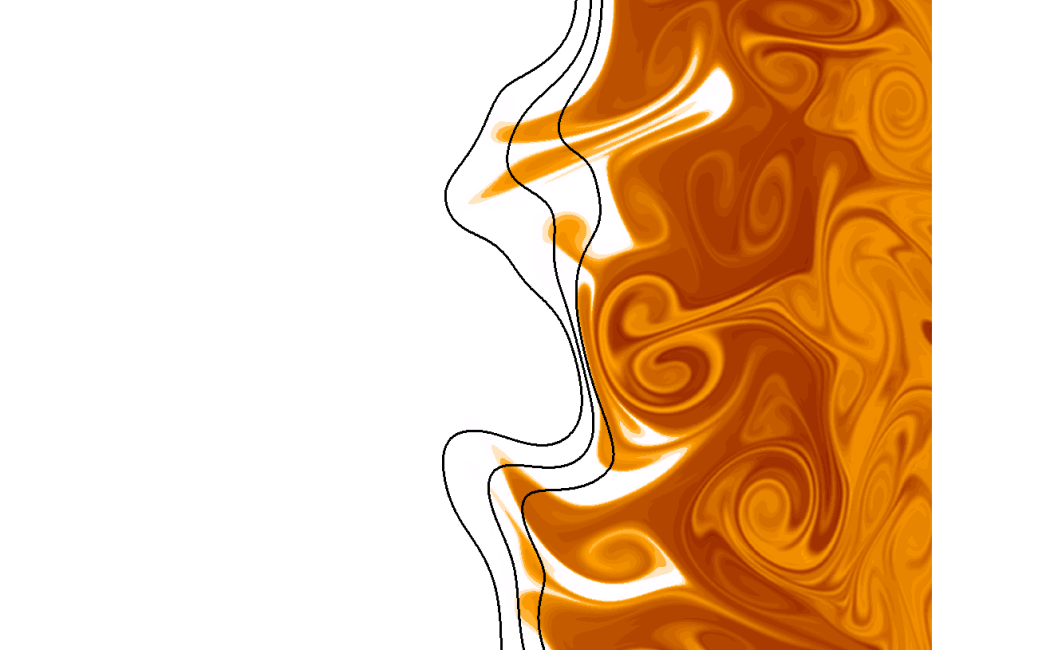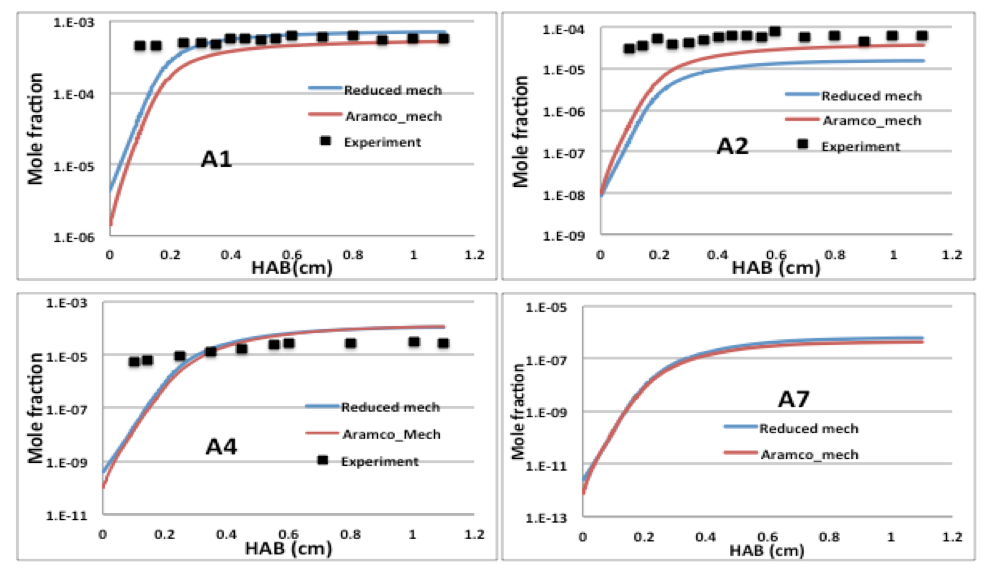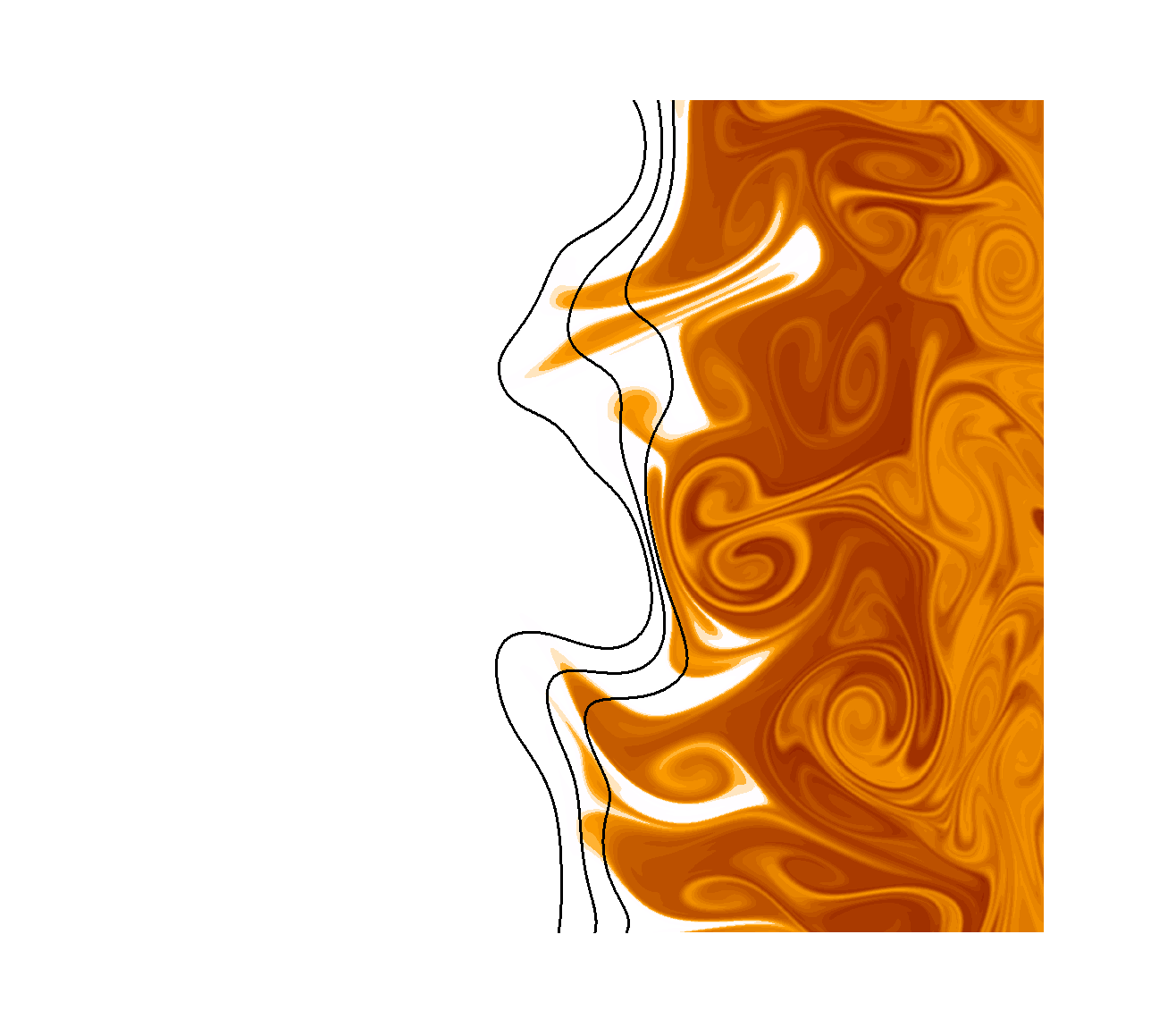


Participants
Paul Arias, Prabhu Selvaraj
Motivation and Objectives
Combustion-generated soot and particulates poses strong environmental concerns. Due to the complexities in the physical and chemical processes involved, predictive models require detailed description of the gas-phase chemistry including key soot precursor species, along with aerosol dynamics model to describe the nucleation, growth, and oxidation processes. This is a comprehensive research effort combining the expertise in the development of detailed chemical kinetic mechanisms for hydrocarbon fuels all the way up to higher polycyclic aromatic hydrocarbons (PAHs), systematic reduction of the reaction mechanisms for efficient flame simulations, description of soot aerosol model based on statistical approaches, and high fidelity simulations of laminar and turbulent flames.
Approach
As for the gas-phase reaction mechanism, a new KAUST-Aramco PAH Mech 1.0 is has been developed to describe oxidation of C1 and C2 fuels, including detailed PAH growth up to coronene (C12H24). For CFD simulations, the mechanism has been systematically reduced using the directed relation graph (DRG) and quasi-steady state approximation (QSSA) analysis, in collaboration with University of Connecticut. As for the soot aerosol model, a high order method of moment with interpolative closure (MOMIC) is currently being used.
Highlights
The mechanism validation is done using the laminar flame calculations, showing the comparison of predictions in various PAH species profiles against experimental measurements.

Preliminary flame calculations have been conducted using the 6th order MOMIC based on the gas-phase mechanism developed by Appel, Bockhorn, and Frenklach (2000).
Instantaneous images of the various species distribution revealed a multi-layered soot formation process within the flame. It is notable to observe accompanying regions of strong oxidation on the flame section that is influenced by scalar dissipation rate. The imposed velocity fluctuations enhanced the overall scalar dissipation rate in the sooting zone, and subsequently had a net effect of soot suppression. The figure below shows the iso-contours of soot mass (left) and its reaction rate (right), overlaid with the mixture fraction isolines (Z = 0.064, 0.09, 0.125).

